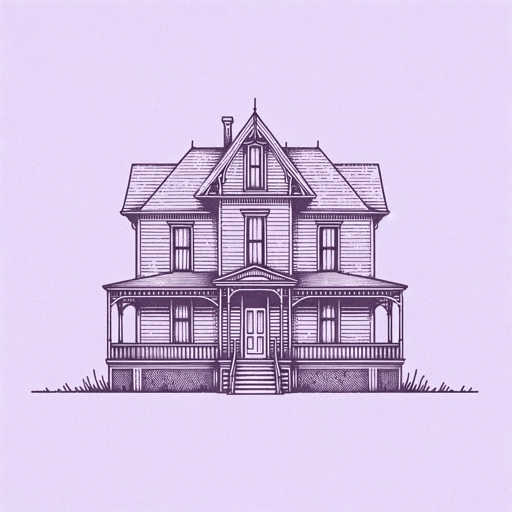64 pages • 2 hours read
Carmen Maria MachadoIn the Dream House
Nonfiction | Autobiography / Memoir | Adult | Published in 2019A modern alternative to SparkNotes and CliffsNotes, SuperSummary offers high-quality Study Guides with detailed chapter summaries and analysis of major themes, characters, and more.
Themes
Queering the Archive
In In the Dream House, Machado discusses the archival silence—the erasure of queer narratives, especially the lack of representation of abuse within those relationships. As Machado is an academic and writer in graduate programs, she is familiar with the notion of the archive, its heteronormative and white selectivity, and its perpetuation of biased, abusive ideologies. She composes her memoir around queer or nontraditional theorists, writers, and artists to question the reach of the archive and the harm it does to queer individuals by mis- or underrepresenting their narratives. In the Dream House then becomes Machado’s contribution to a queered archive in which abuse is openly discussed as present among queer relationships.
Machado notes that she has never been “taught” to be afraid of a woman because the archive, or cultural narratives, do not consider women capable of domestic abuse. When it comes to lesbian couples, Machado was initially naïve to the possibility that she could be abused: “You trust her, and you have no context for anything else” (45). As a bisexual woman with little experience, Machado is alienated from the reality of her relationship as she has never before encountered its representation in either her social or academic worlds.
Featured Collections
Books About Art
View Collection
Cuban Literature
View Collection
Hispanic & Latinx American Literature
View Collection
LGBTQ Literature
View Collection
Popular Book Club Picks
View Collection
Pride Month Reads
View Collection
Sexual Harassment & Violence
View Collection
The Best of "Best Book" Lists
View Collection
Valentine's Day Reads: The Theme of Love
View Collection


